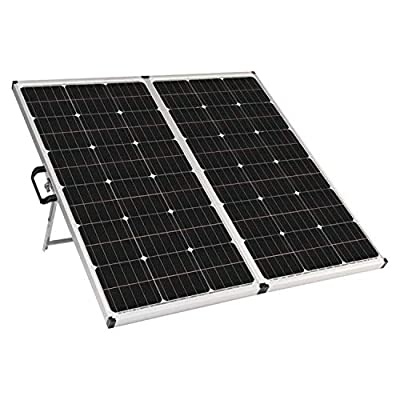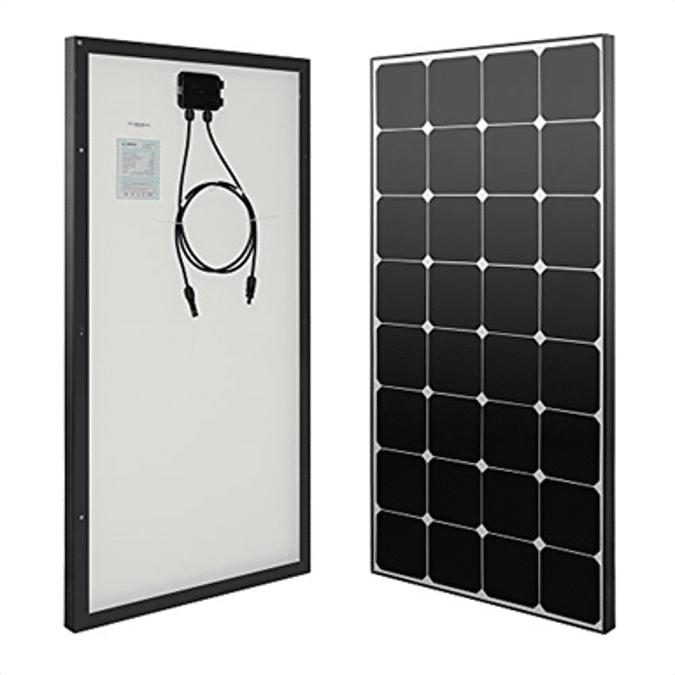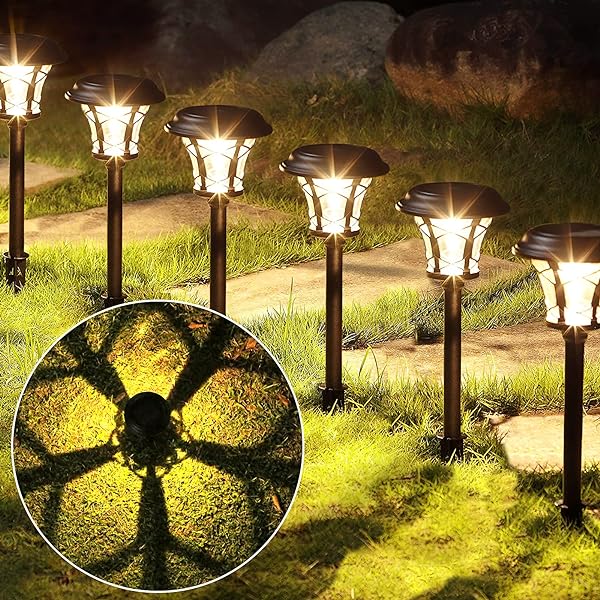When people think of energy, they often think of fossil fuels like oil, natural gas, and coal. But there are many other sources of energy as well. One type of energy that is gaining more attention than ever before is solar energy.
The reason for this is because it’s affordable, accessible to almost everyone, and it can be used to generate electricity or heat homes and businesses without using any fossil fuels or greenhouse gases.
Passive solar heating systems take advantage of the sun’s warmth throughout the day to heat a building without the use of air conditioning. These systems are also known as passive climate technologies.
They work in a similar way as passive insulation does with regards to keeping a house at a steady temperature year-round. In this article we will explore what active and passive solar energy are and how they both work.
What Is Active Solar Energy?
Active solar energy simply refers to the use of solar panels to generate electricity. Although solar panels can be used to generate electricity, they can also be used to heat homes as well.
Active solar energy, also known as solar thermal energy, is generated when solar panels are connected to an energy storage medium, like molten salts, which store heat.
The heat is then used to heat water, producing steam that runs an engine, which powers turbines that produce electricity, creating clean, renewable energy.
Passive Solar Energy
A passive solar system works by taking advantage of the fact that the sun’s heat has access to a building or other structure through a number of different means, such as air conditioning and windows.
To take advantage of this, a building is designed with a number of features to allow the sun’s heat and light to enter the building as required, as well as reflecting sunlight away to keep rooms cool inside.
With a passive solar system, the heat from the sun is used to heat a water storage tank that can be used to sit in a building as a source of heat. As the sun does not shine at any particular time of the day, a system can be set up to store heat overnight and use it during the day, when there is the most demand for heating.
What Is The Difference Between Active And Passive Solar Energy?
The two most common types of solar power are active and passive solar energy. Let’s take a closer look at what they are and how they differ. – Active Solar Energy – Passive Solar Energy – Existing Homes and Buildings
– Active solar energy simply refers to the use of solar panels to generate electricity. Although solar panels can be used to generate electricity, they can also be used to heat homes as well.
– Passive solar energy is generated when solar panels are connected to an energy storage medium, like molten salts, which store heat. The heat is then used to heat water, producing steam that runs an engine, which powers turbines that produce electricity, creating clean, renewable energy.
– Passive solar energy, works by taking advantage of the fact that the sun’s heat has access to a building or other structure through a number of different means, such as air conditioning and windows.
To take advantage of this, a building is designed with a number of features to allow the sun’s heat and light to enter the building as required, as well as reflecting sunlight away to keep rooms cool inside.
Existing Homes and Buildings
With a passive solar system, the heat from the sun is used to heat a water storage tank that can be used to sit in a building as a source of heat. As the sun does not shine at any particular time of the day, a system can be set up to store heat overnight and use it during the day, when there is the most demand for heating.
A common use for this type of solar energy is for existing homes and buildings. In many cities where it is warm year-round, there are often large buildings that are heated with solar energy. This can be used to provide energy for the home or business as well.
New Construction
A passive solar system is a great choice for new construction. It doesn’t require retrofitting on existing buildings, and it can also be used to increase energy efficiency in a new home or building. For new construction, it is important to choose a solar panel system that provides the best energy efficiency.
Some manufacturers provide ratings for how efficiently their panels convert sunlight into energy, making it easier to select panels that are most efficient at generating electricity. As buildings are designed differently with different orientation, shading, and location, a passive solar system can also be used to heat a new home or building.
Conclusion
Solar energy is an excellent alternative source of electricity, but it’s important to know what type of energy it is and how it is generated. Active solar energy simply refers to the use of solar panels to generate electricity.
Passive solar energy is generated when solar panels are connected to an energy storage medium, like molten salts, which store heat. The heat is then used to heat water, producing steam that runs an engine, which powers turbines that produce electricity, creating clean, renewable energy.
With a passive solar system, the heat from the sun is used to heat a water storage tank that can be used to sit in a building as a source of heat.
There are many advantages to using solar energy, not only for electricity generation but also for heating a home or building during the winter months and providing hot water as well. Passive solar systems are an excellent choice for existing homes and buildings and can also be used to heat new buildings during construction.





